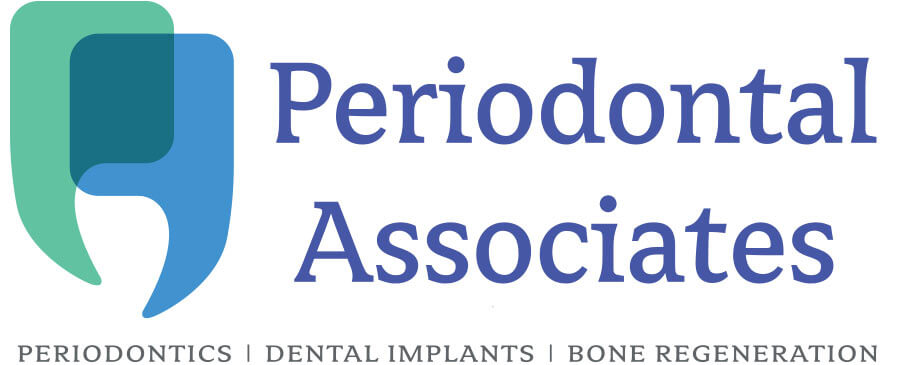
Researchers from Case Western Reserve University School of Dental Medicine and University Hospitals Case Medical Center report initial results from a small sample that inflammation from gum disease and prostate problems just might be linked. They discuss their new evidence in the Journal of Periodontology. The researchers compared two markers: the prostate-specific antigen (PSA) used to measure inflammation levels in prostate disease, and clinical attachment loss (CAL) of the gums and teeth, which can be an indicator for periodontitis.
A PSA elevation of 4.0 ng/ml in the blood can be a sign of inflammation or malignancy. Patients with healthy prostate glands have lower than 4.0 ng/ml levels. A CAL number greater than 2.7 mm indicates periodontitis.
Like prostatitis, periodontitis also produces high inflammation levels.
“Subjects with both high CAL levels and moderate to severe prostatitis have higher levels of PSA or inflammation,” stated Nabil Bissada, chair of the department of periodontics in the dental school. Bissada added that this might explain why PSA levels can be high in prostatitis, but sometimes cannot be explained by what is happening in the prostate glands. “It is something outside the prostate gland that is causing an inflammatory reaction,” he said.
Because periodontitis has been linked to heart disease, diabetes and rheumatoid arthritis, the researchers felt a link might exist to prostate disease.
Looking at the results, the researchers from the dental school and the department of urology and the Institute of Pathology at the hospital found those with the most severe form of the prostatitis also showed signs for periodontitis.
This research serves as another reminder of the link between oral disease and overall medical health. Comments are appreciated?
Source: Science Daily
Photo Credit: BBC
Journal Reference:
- Joshi et al. Association Between Periodontal Disease and Prostate Specific Antigen Levels in Chronic Prostatitis Patients. Journal of Periodontology, 2010; 100409084221025 DOI: 10.1902/jop.2010.090646
